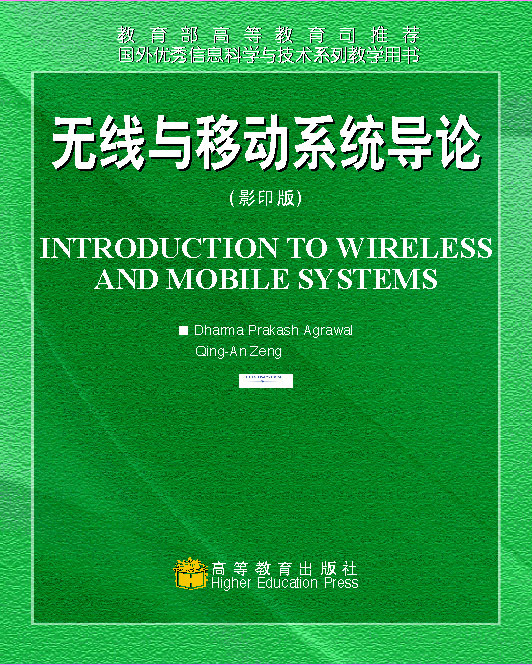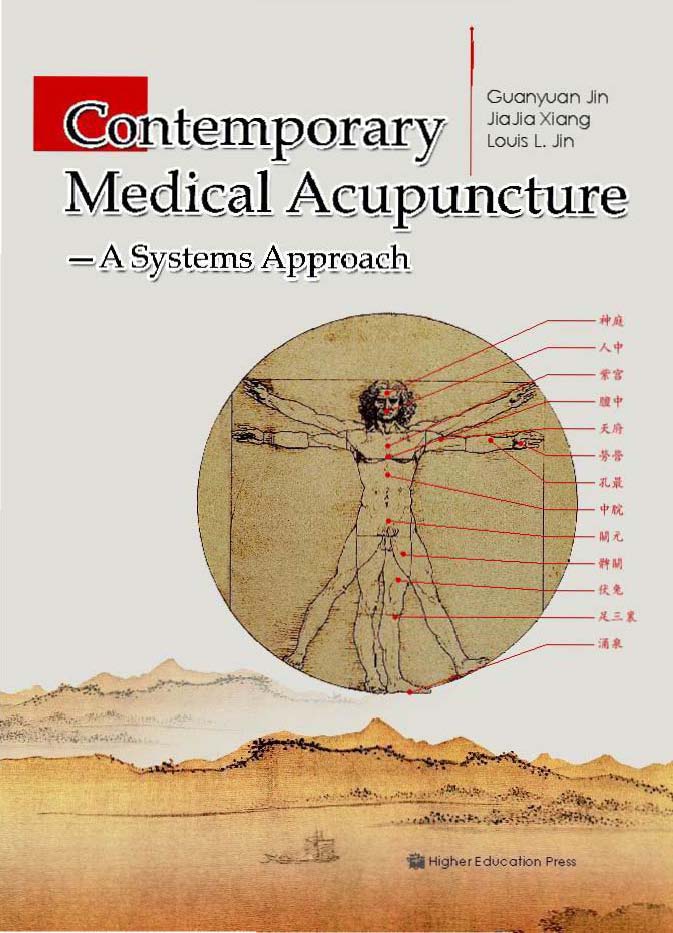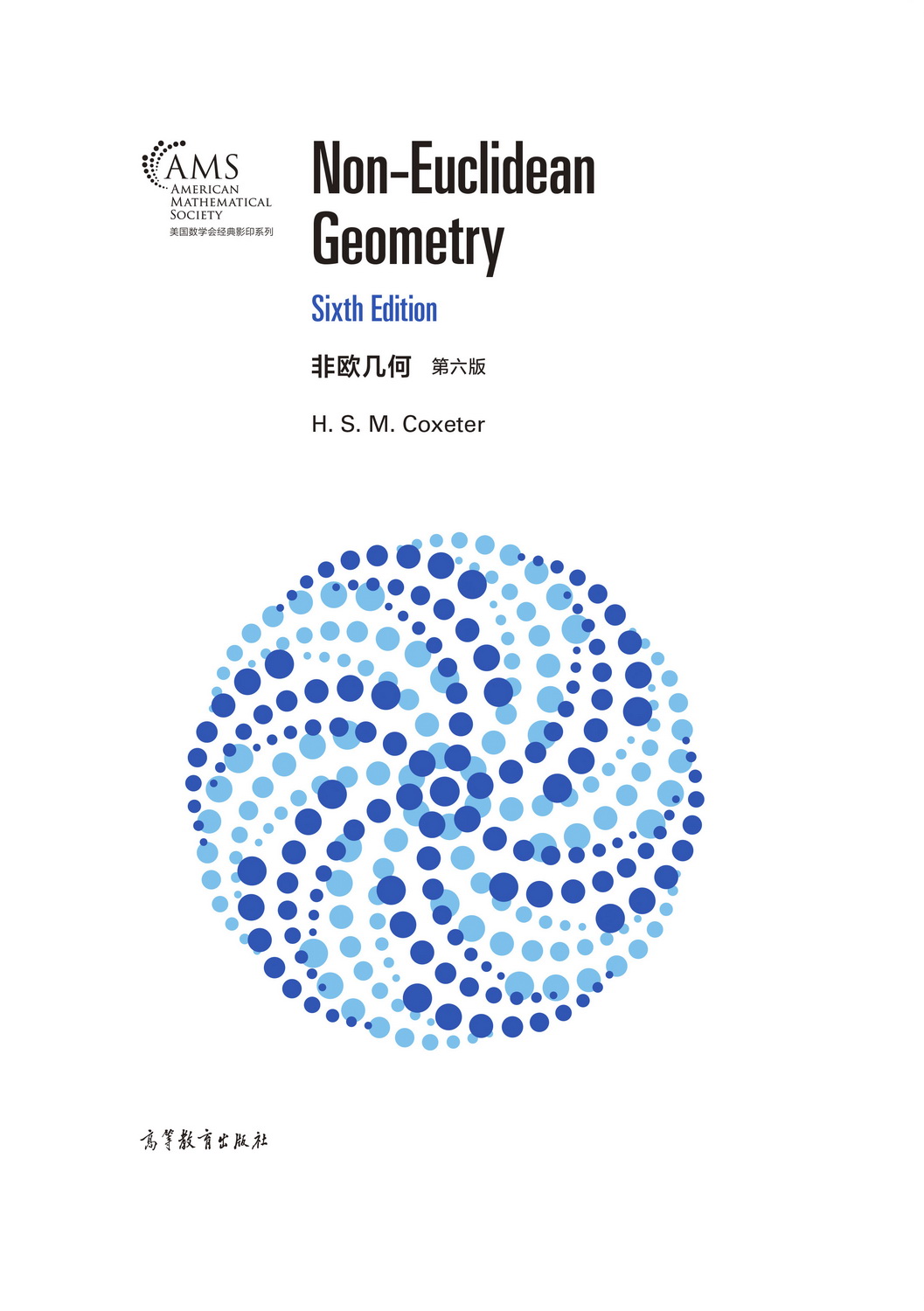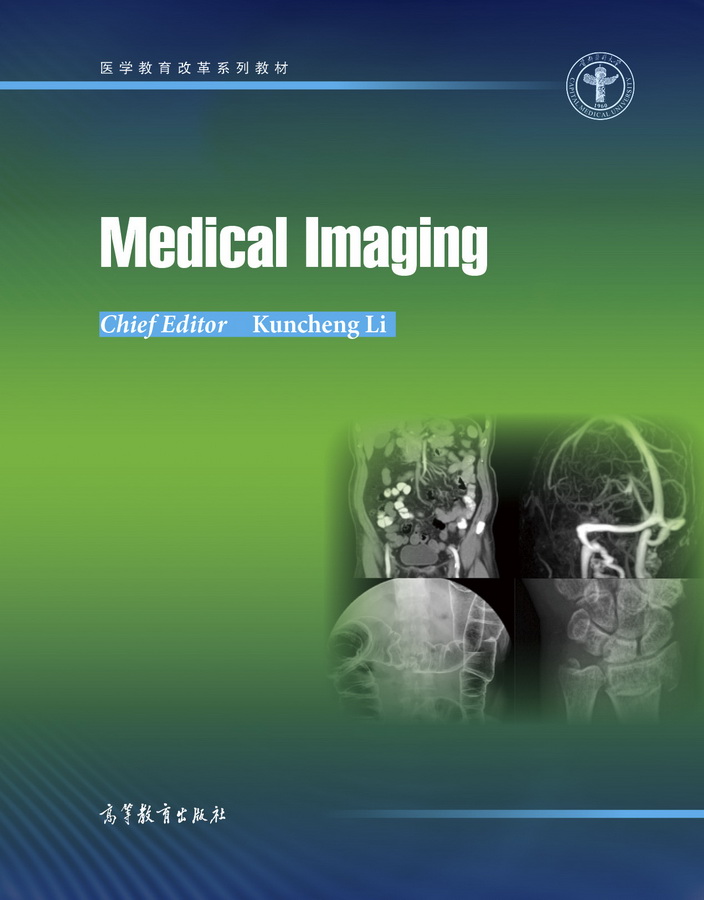激光雷达森林生态应用(英文版)
作者: Qinghua Guo,Yanjun Su,Tianyu Hu
出版时间:2023-05
出版社:高等教育出版社
- 高等教育出版社
- 9787040603422
- 1版
- 459366
- 48266646-8
- 精装
- 16开
- 2023-05
- 720
- 512
- 理学
- 地质学类
- 地学、地矿类
- 本科 研究生及以上
前辅文
1. The Origin and Development of LiDAR Techniques
1.1 Introduction and History of LiDAR
1.2 Classification of LiDAR Hardware
1.3 Commercial LiDAR Hardware
1.4 LiDAR Software
1.5 The Importance of LiDAR in Forest Ecology Applications
1.6 Chapter Summary
References
2. Working Principles of LiDAR
2.1 Ranging Principle of LiDAR
2.2 Radiation Principle of LiDAR
2.3 Working Principle of Terrestrial LiDAR
2.4 Working Principle of Near-Surface LiDAR
2.5 Working Principle of Airborne LiDAR
2.6 Working Principle of Spaceborne LiDAR
2.7 Chapter Summary
References
3. LiDAR Field Workflow and Systematic Error Sources
3.1 Basic Operation of Terrestrial LiDAR
3.2 Basic Operation of Mobile and Backpack LiDAR
3.3 Basic Operation of Airborne and Unmanned Aerial Vehicle LiDAR
3.4 Error Sources in LiDAR Data Collection
3.5 Chapter Summary
References
4. LiDAR Data Formats
4.1 Format, Composition, and Characteristics of Point Cloud Data
4.2 Indexing of Point Cloud Data
4.3 Reading Point Cloud Data
4.4 Reading Full-Waveform Data
4.5 Chapter Summary
References
5. Data Preprocessing and Feature Extraction
5.1 Point Cloud Resolving
5.2 Point Cloud Registration
5.3 LiDAR Point Cloud Denoising
5.4 Point Cloud Feature Extraction
5.5 Point Cloud Classification
5.6 Chapter Summary
References
6. LiDAR Data Filtering and Digital Elevation Model Generation
6.1 Introduction to LiDAR Data Filtering
6.2 Introduction to Filtering Methods
6.3 Accuracy Evaluation Methods
6.4 Digital Elevation Model Generation
6.5 Chapter Summary
References
7. Forest Structural Attribute Extraction
7.1 Stand-Level Structural Attribute Extraction
7.2 Individual Tree Segmentation
7.3 Wood-Leaf Separation
7.4 Individual Tree- and Organ-Level Structural Attribute Extraction
7.5 Structural Attributes Extracted Through the Fusion of Multiplatform LiDAR Data
7.6 Chapter Summary
References
8. Estimation of Forest Functional Attributes
8.1 Canopy Cover and Closure
8.2 Leaf Area Index
8.3 Growing Stock and Biomass
8.4 Tree Species Classification
8.5 Chapter Summary
References
9. Forest Structural and Functional Attribute Upscaling Using Spaceborne LiDAR Data
9.1 Ice, Cloud, and Land Elevation Satellite and Global Ecosystem Dynamics Investigation Spaceborne LiDAR Data
9.2 Ice, Cloud, and Land Elevation Satellite and Global Ecosystem Dynamics Investigation Data Processing and Parameter Extraction
9.3 Ice, Cloud, and Land Elevation Satellite 2 Spaceborne LiDAR Data
9.4 Upscaling Forest Attribute Estimations Using Spaceborne LiDAR Data
9.5 Chapter Summary
References
10. LiDAR-Based Three-Dimensional Radiative Transfer Models and Applications
10.1 Principles of Three-Dimensional Radiative Transfer Models
10.2 Voxel-Based Radiative Transfer Model
10.3 Parameterizations of Three-Dimensional Radiative Transfer Models Using LiDAR
10.4 Integrating Three-Dimensional Radiative Transfer Models with Other Models
10.5 Chapter Summary
References
11. Visualization and Reconstruction of Forest Ecosystems
11.1 Three-Dimensional Reconstruction of Individual Trees
11.2 Three-Dimensional Reconstruction of Forest Landscapes
11.3 Applications of Three-Dimensional Forest Reconstruction
11.4 Chapter Summary
References
12. Forest Dynamics Monitoring
12.1 Forest Growth Dynamics Monitoring
12.2 Forest Fire Monitoring and Fire Severity Assessment
12.3 Forest Fuel Treatment Detection
12.4 Tree Mortality Analysis Under Environmental Stress
12.5 Chapter Summary
References
13. Applications of LiDAR in Biodiversity Conservation, Ecohydrology, and Ecological Process Modeling of Forest Ecosystems
13.1 Forest Biodiversity Studies
13.2 Forest Ecohydrology Studies
13.3 Applications of LiDAR in Understanding Ecological Theories
13.4 Applications of LiDAR in Forest Ecological Modeling
13.5 Chapter Summary
References
14. LiDAR Applications in Other Ecosystems
14.1 Applications of LiDAR in Agricultural Ecosystems
14.2 Applications of LiDAR in Grassland Ecosystems
14.3 Applications of LiDAR in Urban Ecosystems
14.4 Applications of LiDAR in Wetland Ecosystems
14.5 Chapter Summary
References
15. Challenges and Opportunities for LiDAR
15.1 LiDAR Hardware Development
15.2 From the Three-Dimensional to Multidimensional Big Data Era
15.3 Prospects for LiDAR Applications in Forest Ecosystems
15.4 Chapter Summary
References
Index









